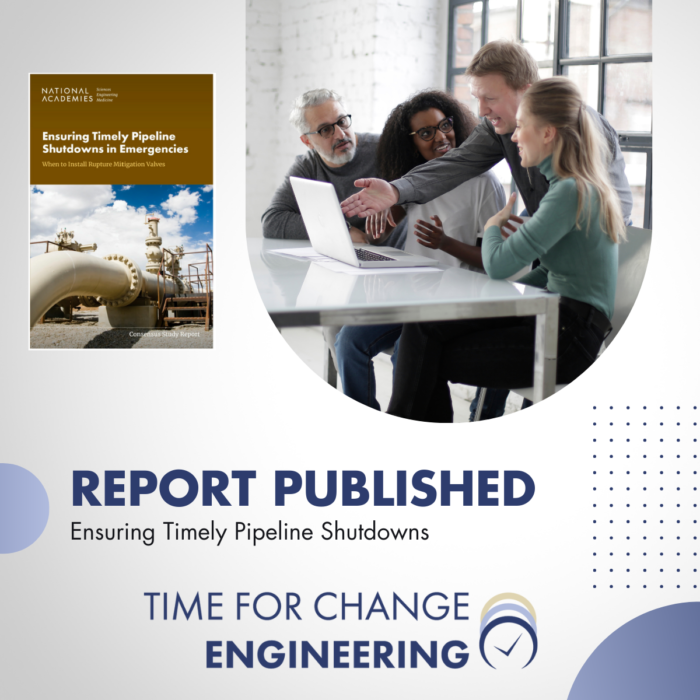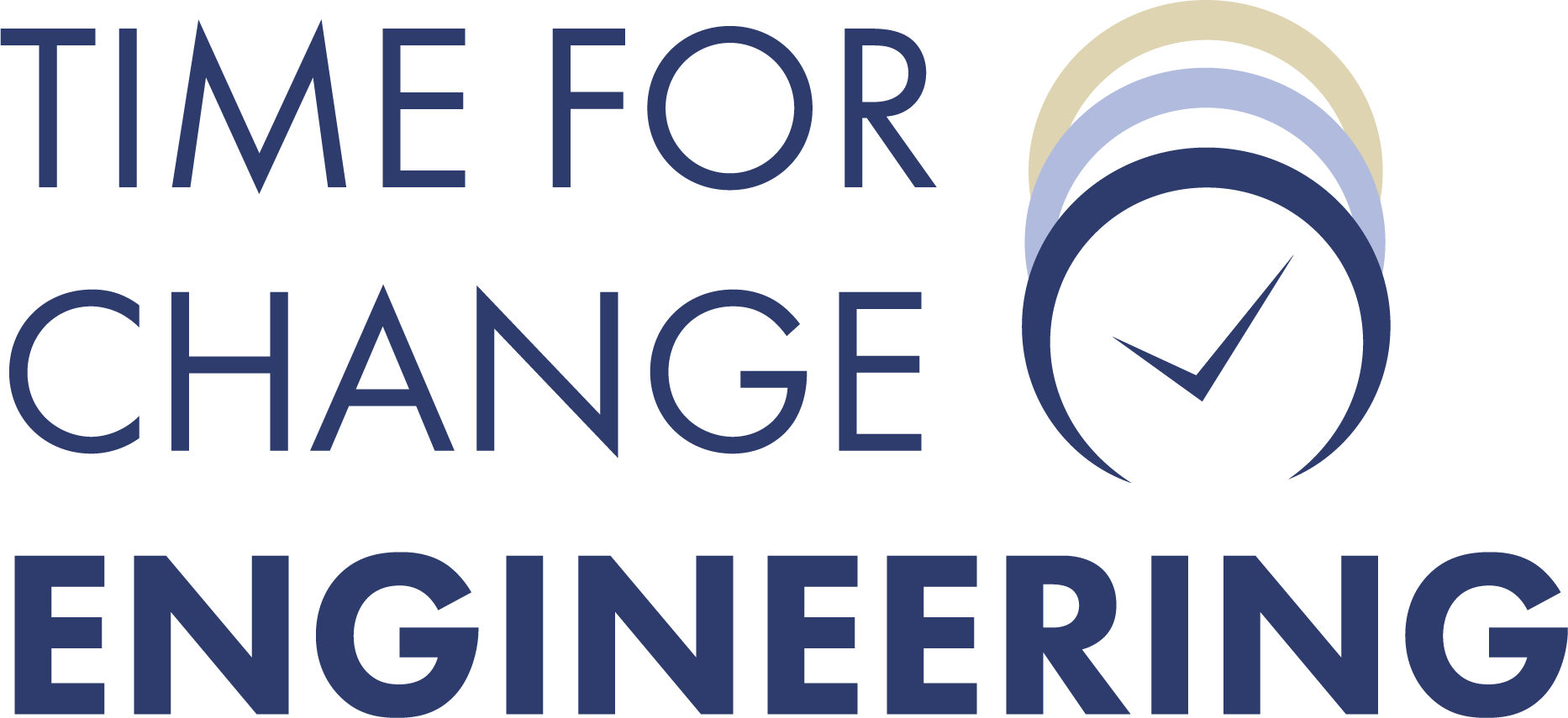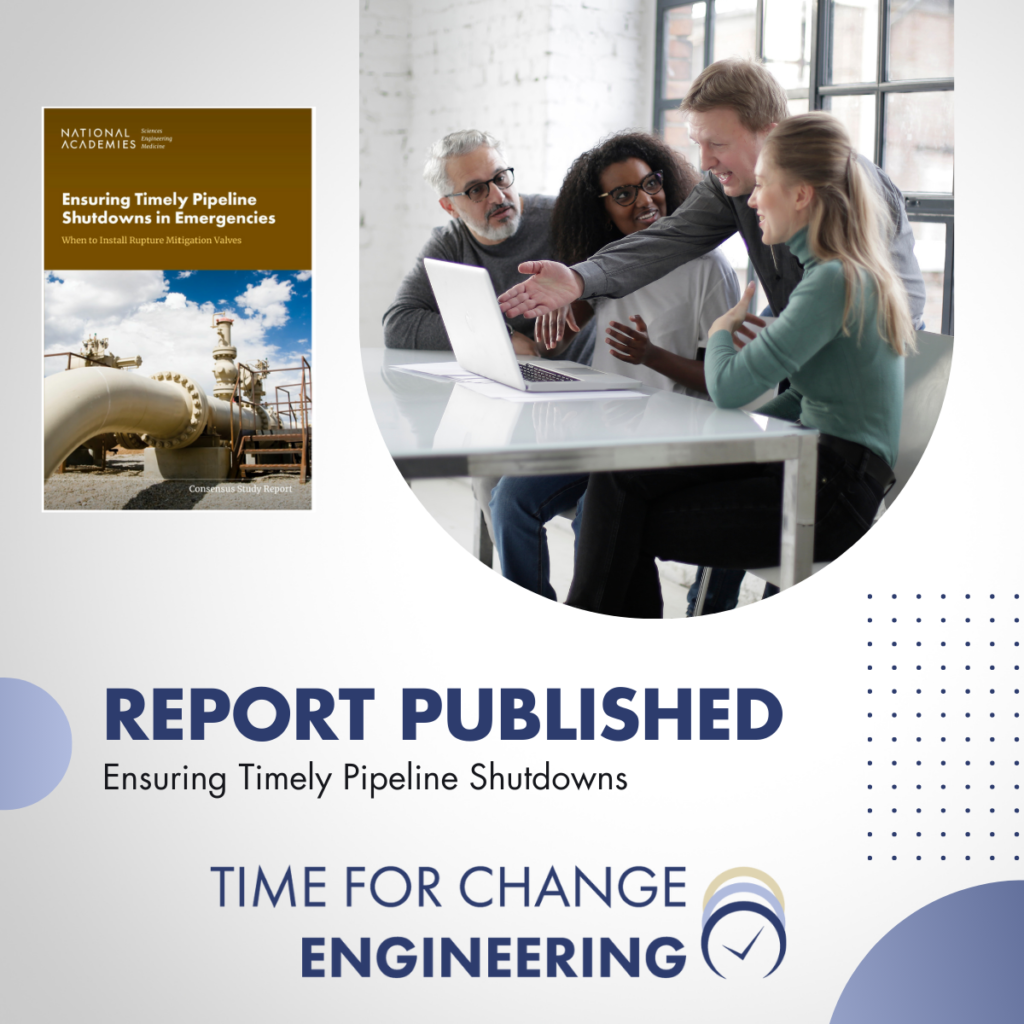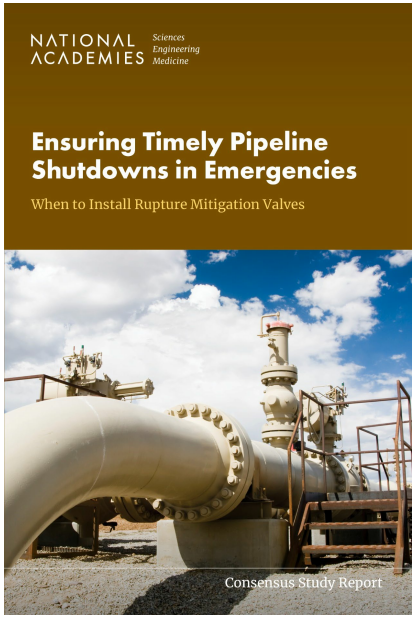
RMV Committee Report Published
More rigor is needed.
The culmination of over three years of service providing my oil and gas pipeline operations expertise to the National Academy of Science committee, commissioned by Congress to study the installation of rupture mitigation valves (RMVs) on pipelines, can be summarized in just four words: more rigor is needed.
Released on February 15, 2024, the consensus study report containing recommendations from the committee’s findings is over one hundred and forty-five pages long. However, this is the gist of the findings: more rigor is needed.
Access the paper here: Ensuring Timely Pipeline Shutdowns in Emergencies: When to Install Rupture Mitigation Valves | The National Academies Press
A longstanding topic
Integrity management (IM) regulations have been in place for nearly a quarter of a century to protect the public and ensure the safe transport of hazardous materials across the United States. The discussion on the role of valve closure has been ongoing and studied for over half a century. The 2010 San Bruno pipeline rupture event brought the issue to the attention of the National Transportation Safety Board (NTSB).
The committee, comprised of three engineers and seven academic professionals, studied the body of work and research compiled to date and interviewed many in the industry, from oil and gas operators and regulators to consultants and risk specialists. Many of the speakers demonstrated activities were being done to ensure safe transportation through pipelines. The committee reviewed recent failures in pipeline operations. Many operators sampled clearly showed their adherence to IM requirements and even activities beyond what is required. The committee agreed the intent of the IM regulations, in practice, should be strengthened in light of failures and incidents. Given the widely variable operation of pipelines, it was also clear that making definitive recommendations or prescriptive suggestions was difficult.
PHMSA issued a new rule to install RMVs on newly constructed pipelines in April 2022, stipulating to close emergency valves within thirty (30) minutes of identifying a rupture. This rule has vast implications for pipeline operators, specifically in emergency response procedures and processes. I’ve seen this firsthand recently for one client while updating their procedures to be in compliance with the new rule, and the ripple effects within a company are wide beyond just the integrity department.
While all pipelines have valves, is the automation or installation of RMVs the best action to enhance current IM regulations on existing pipelines? This question arose in nearly every meeting of the committee.
The resulting recommendations can be read on page 3 and in more detail beginning on page 121 of the report.
RMV Committee Recommendations
- Improve the regulatory language surrounding RMVs.
- Many operators already have a process to determine the need for RMVs. However, those with less rigorous documentation and processes may be required to develop such processes and procedures.
- Update enforcement guidance.
- Operators may undergo focused audits on RMV evaluations to ensure the safe operation and transport of oil and gas products.
- Require quantitative risk modeling.
- Blanket requirements stipulating ” installing an RMV at certain conditions” did not make operational or financial sense. Operators know their operations best and, therefore, should apply risk management principles and philosophies to their systems to lead decision-making.
Being a part of the committee was an eye-opening introduction to the world of rulemaking from my operator perspective.
I welcome the opportunity to discuss my experience in more detail. Set up a meeting to discuss with me through this link.



